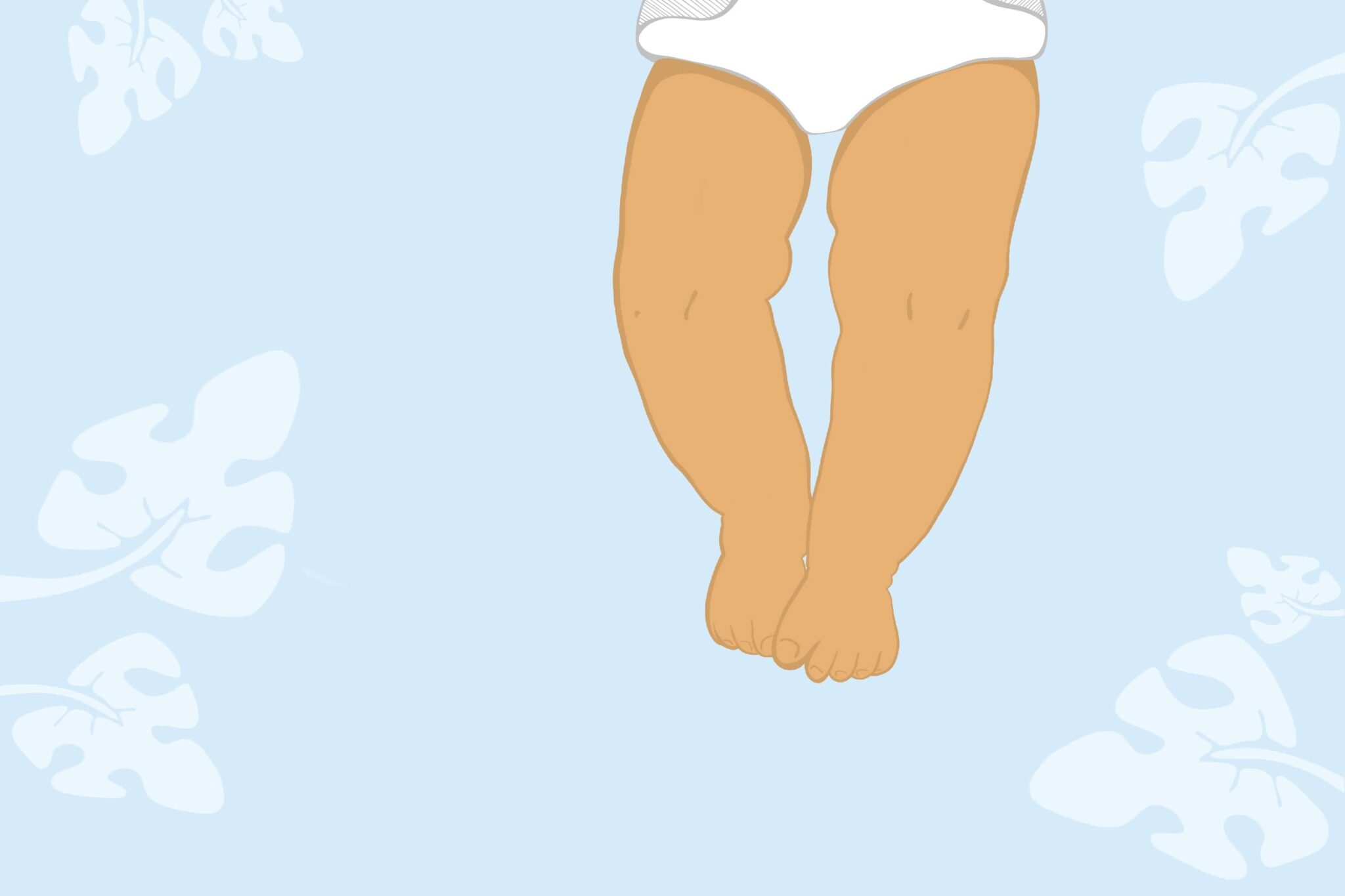Bowlegs in Infants and Toddlers


There is almost nothing cuter than the site of an infant or toddler taking their first few steps. Their wide stance and tendency to fall onto their diapered bottoms while flashing a big “I did it” grin is amazing! If you watch closely, you’ll notice that their lower legs appear a bit bowed and their toes turn inward and down a bit. Parents often worry about this bowing, known as genu varum, as well as about the in-toeing they notice in their new walkers. Both conditions have actually been present since birth, but are much easier to spot in a walker.
In the womb, babies’ legs are flexed at the hip and the knees rotated out, like a frog. Their little feet are tucked one over the other and rotated inward. Once born, the legs retain their bowing and slight inward rotation until standing and walking begins. Then, over a period of 6-12 months, their feet flatten out, the hips become narrow in appearance, and the lower legs appear to straighten out. A pediatrician or orthopedic surgeon can quickly determine if the bowing and in-toeing is normal for a child or if it warrants further evaluation.
By age 2-3, the bowing and in-toeing should resolve, if not improve significantly. In-toeing that is greater on one side than the other or that seems to cause a child to trip and fall frequently deserves mentioning to a doctor. Children who have in-toeing as a result of internal rotation of their upper leg bone (femur) and who prefer to sit in a “W” position with their legs will be instructed to sit in a different position. Children with torsion resulting from the lower leg will be observed closely and may require a visit to an orthopedic surgeon to discuss bracing the leg at night.
Blount disease is the most common problem that causes bowlegs. In Blount disease, the legs become progressively more bowed as the child ages. While it can begin early, as early as age 1, it is different in that the bowing gets worse. Blount disease is more common in black children and children with obesity. Treatment includes orthotic bracing or surgery depending on the age at diagnosis.
Sources:
- Nelson Essentials of Pediatrics, 4th ed; pp834-836.
Powered by Bundoo®










































